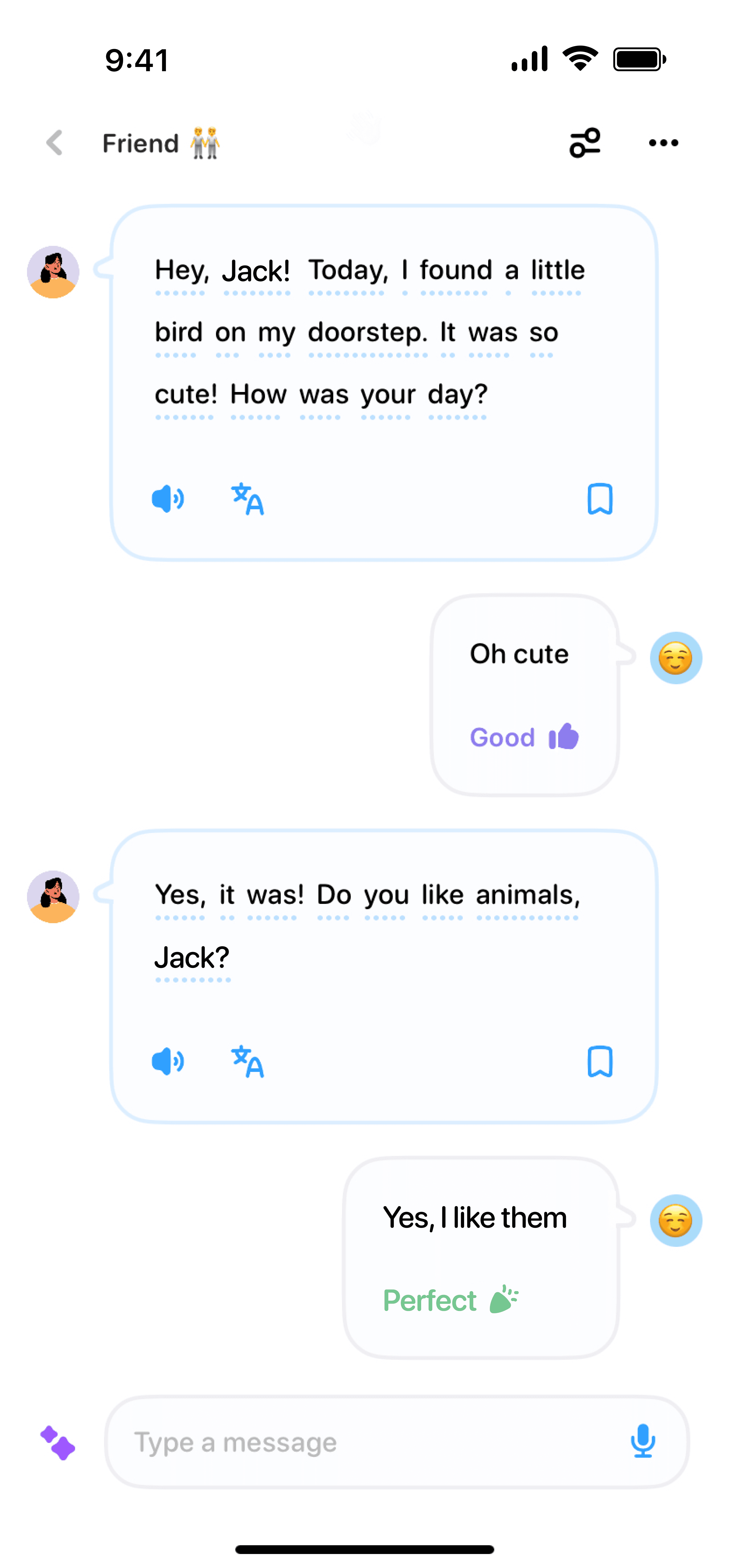04/06/2024
·
Emma Robbie
Have you ever wondered, how did Pocahontas learn English? The remarkable story of Pocahontas—her bravery, diplomacy, and cultural exchange—is recognized worldwide. In this post, we're diving into the unique journey of how Pocahontas acquired the English language. To make this historical exploration easy to understand, let's unpack key moments and figures that helped bridge her native language with English.
Who Was Pocahontas?
Before we delve into the specifics of how Pocahontas learned English, it's essential to know a bit about her. Pocahontas, born around 1596, was the daughter of Powhatan, the paramount chief of a network of tribal nations in Virginia. Her real name was Amonute, and she also had a more private name, Matoaka. The name Pocahontas, meaning "playful one," was a nickname given to her because of her lively nature.
The First Encounter
Pocahontas first came into contact with the English settlers in 1607 when the English established the Jamestown colony in Virginia. One of the most famous stories about her is the supposed saving of Captain John Smith's life. While this story is debated among historians, it highlights the early interactions between Pocahontas and the English colonists.
Kidnapped by the English
In 1613, Pocahontas was taken captive by the English during hostilities between the colonists and the Native Americans. She was held ransom, but during her captivity, something unexpected happened: she began to learn English. Colonists hoped that by teaching her English and converting her to Christianity, they could create a bridge between the two cultures.
Living with the English
While in captivity, Pocahontas was treated relatively well and was introduced to the ways and language of the English. One key figure during this period was Reverend Alexander Whitaker, who played a crucial role in teaching her English. Whitaker was a clergyman who believed in the importance of converting Native Americans to Christianity and saw Pocahontas as a pivotal figure in this mission.
Conversion to Christianity
Pocahontas adopted Christianity and was baptized, taking the name Rebecca. This conversion was significant, as it included learning prayers and religious texts in English, furthering her grasp on the language. Her ability to communicate in English became an essential tool for her and the Jamestown colonists.
Marriage to John Rolfe
In 1614, Pocahontas married John Rolfe, an English tobacco planter. This union was another reason she became fluent in English. Their marriage brought about a period of relative peace, known as the "Peace of Pocahontas," between the English settlers and Powhatan’s tribes. Living with Rolfe, Pocahontas continued to immerse herself in English culture and language.
Visit to England
In 1616, Pocahontas traveled to England with her husband and son, Thomas. This journey exposed her to the English language in its home context. In London, she was presented to English society and even met King James I. The experience of being in England further enhanced her English-speaking abilities.
The Legacy of Pocahontas
By the end of her life, Pocahontas had become a symbol of cultural exchange and diplomatic relations. Her story of learning English is not just about language acquisition but a testament to her adaptability and intelligence. She passed away in 1617, but her legacy continues to inspire and educate people about early American history and intercultural relations.
Pocahontas' journey in learning English is a fascinating narrative of resilience and transformation. Her ability to bridge diverse cultures remains an essential part of her legacy. Curious to learn more about historical language acquisition and cultural exchanges? Stay tuned for more exciting posts!



